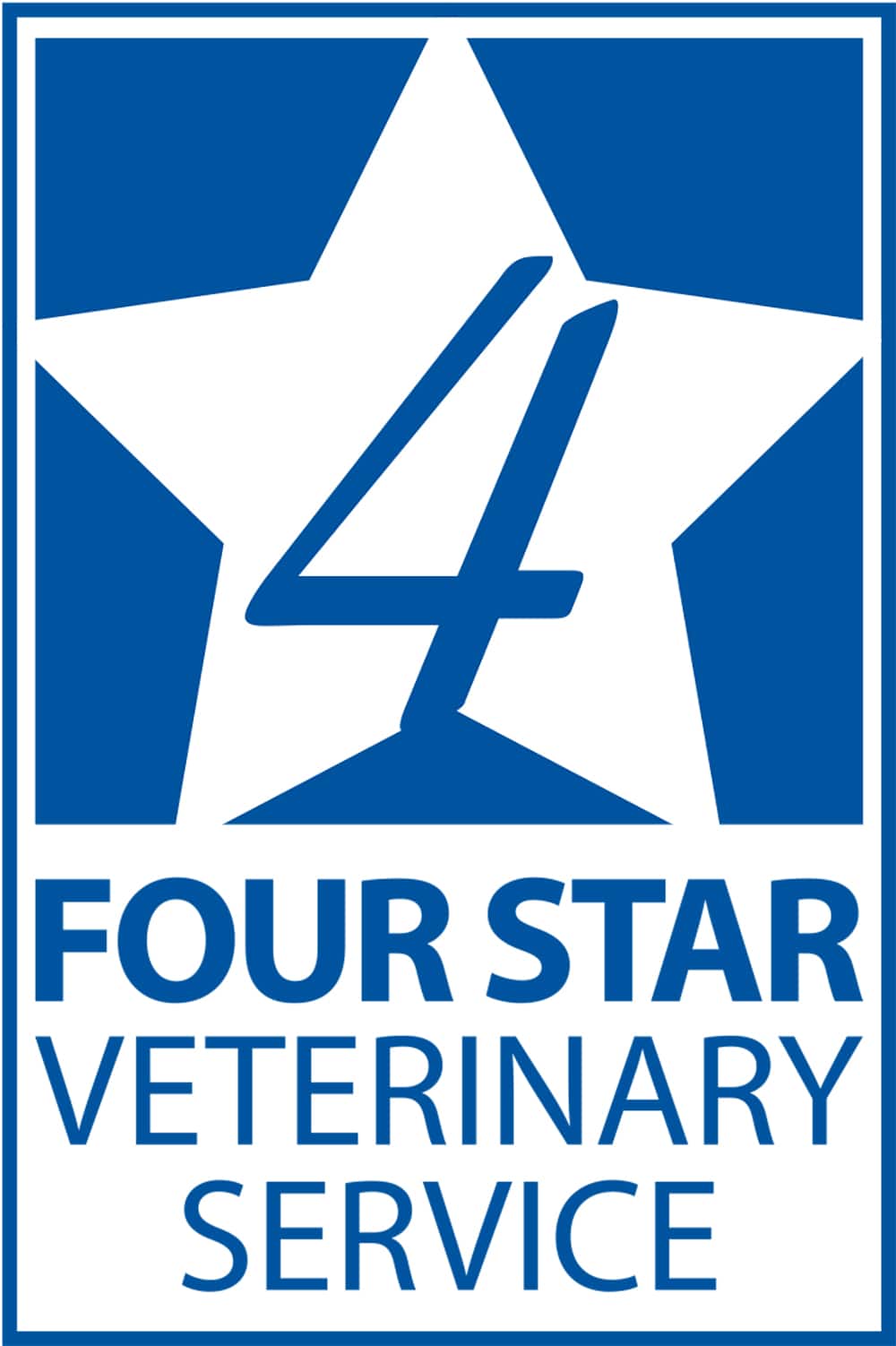One of the most common questions Daniel Brown, DVM, hears from swine clients is what vaccinations are needed and when should they be given.
Develop replacement heifers like a cow but with exceptions
Cow-calf herds can add a nice profit to the bottom line of hog production systems that use manure on their own pastures, and these profits can increase long term if herds keep and develop their own replacement heifers.
Early identification critical in preventing sow lameness
Sow lameness continues to trouble hog operations in the US, causing high numbers of involuntary removals from herds. Identifying lameness issues early is key.
